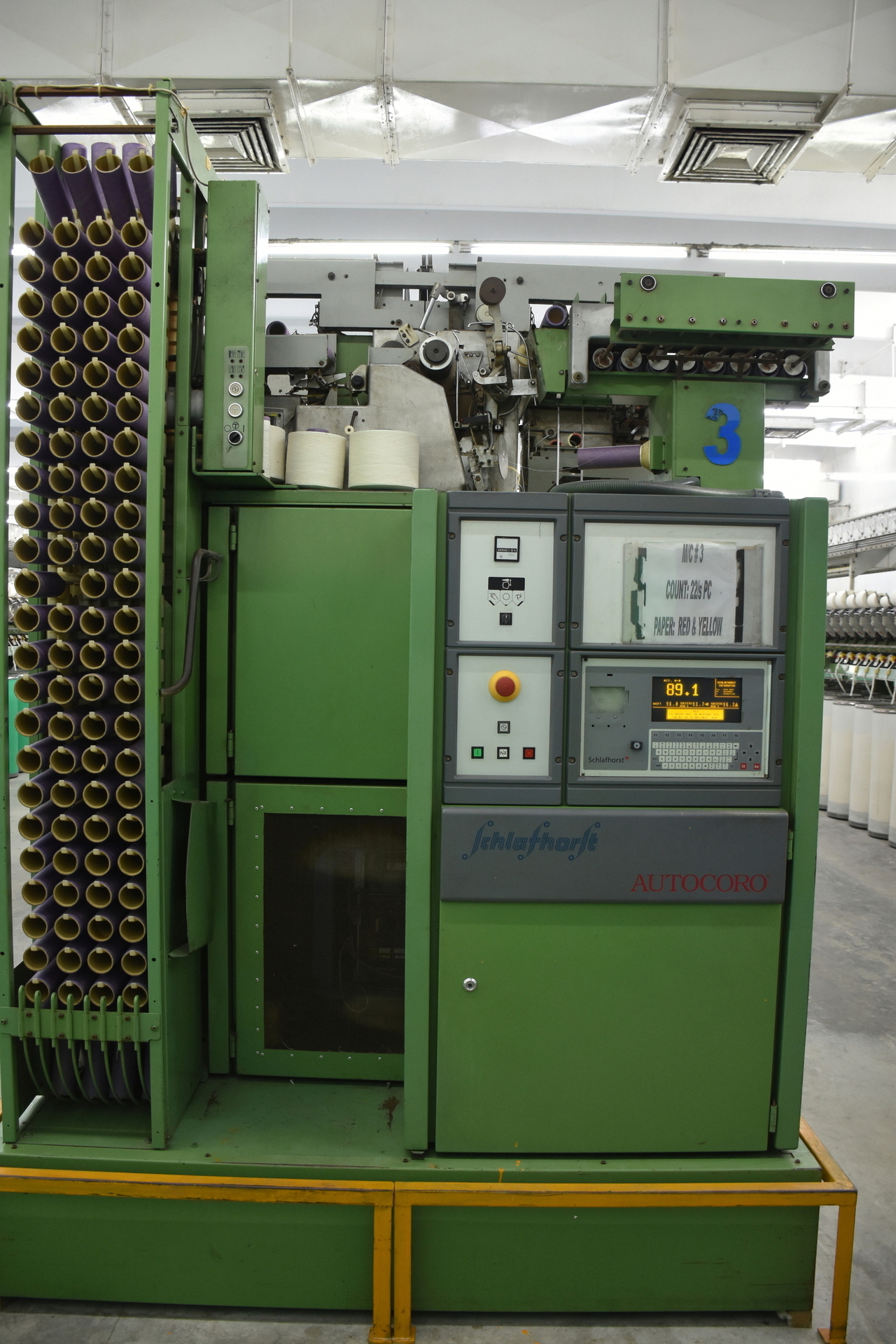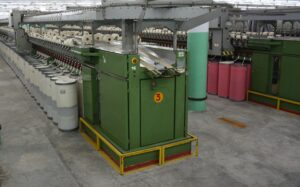
The history of Wool Yarn
In times of rapid technological change, many are left behind. Mechanization in the Low Countries and Britain in the nineteenth century permitted spinners in these regions to out-produce those who had not embraced the emerging technologies. There was then a vast opening-up of the supply of raw wool from the western and southern hemispheres. It was the combination of a plentiful supply of raw material and high productivity of people and machines that produced the displacement of the centers of production and the sites of the markets changed also. Now, many of the industrial companies then formed have, in turn, been overtaken by new technology and economic changes. The development of synthetic fibers and new processes has created a new situation; the market in wool has declined somewhat even in the last decade. Despite this, the world consumes about 1.5 million tons of wool per year, and its value is greater than the weight might suggest. Australia abolished its price support in the 1980s and prices globally were determined more than before by market forces. In the decade centered on 1990, prices plummeted, but supply is now in better balance with demand and there is hope for expansion. China is now a large consumer.
A remarkable feature of wool is its ability to recover from deformation over time, and this gives apparel made from fibers attractive crease-shedding properties. Also, the rate at which the fiber takes up and disperses moisture is such that it gives clothes made from wool good comfort properties. These inherent properties give wool an attraction that is likely to guarantee it a place in the world market; the main question is how much of that market it will retain.

